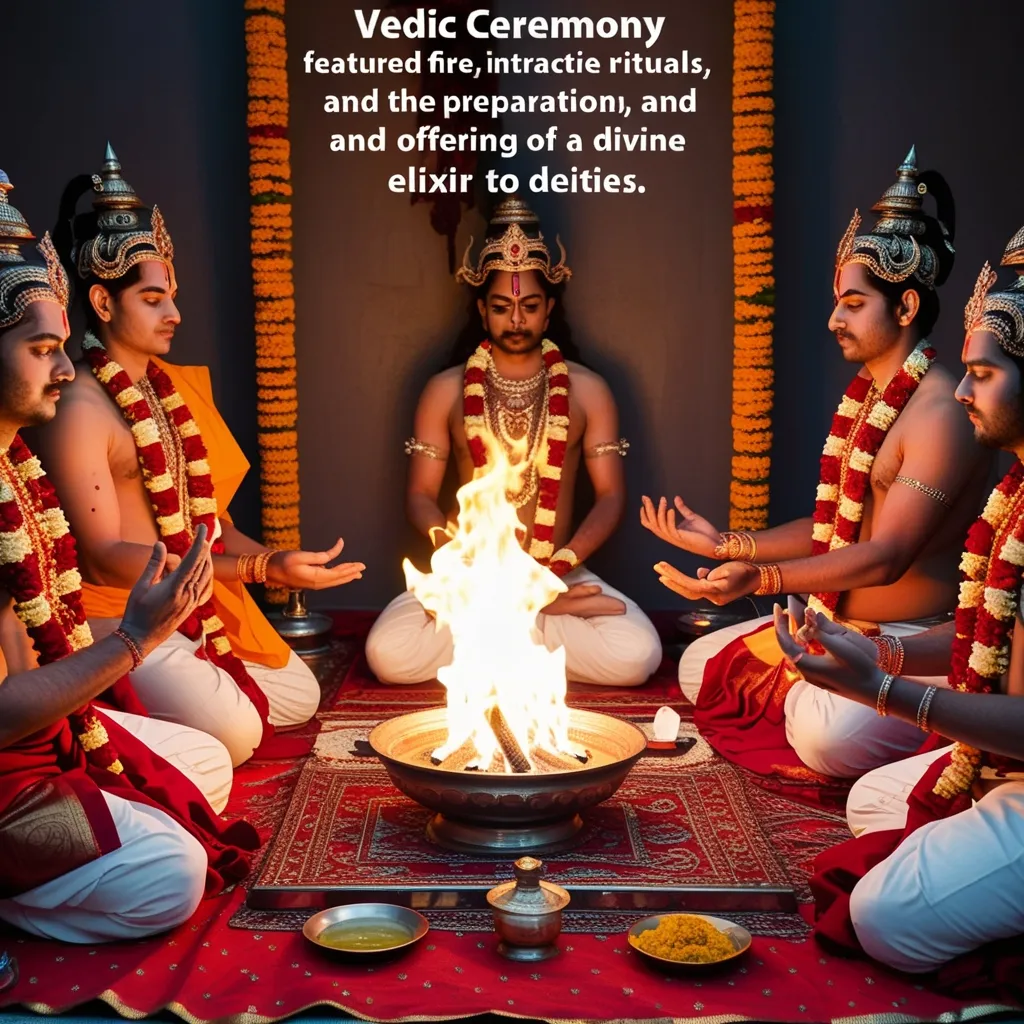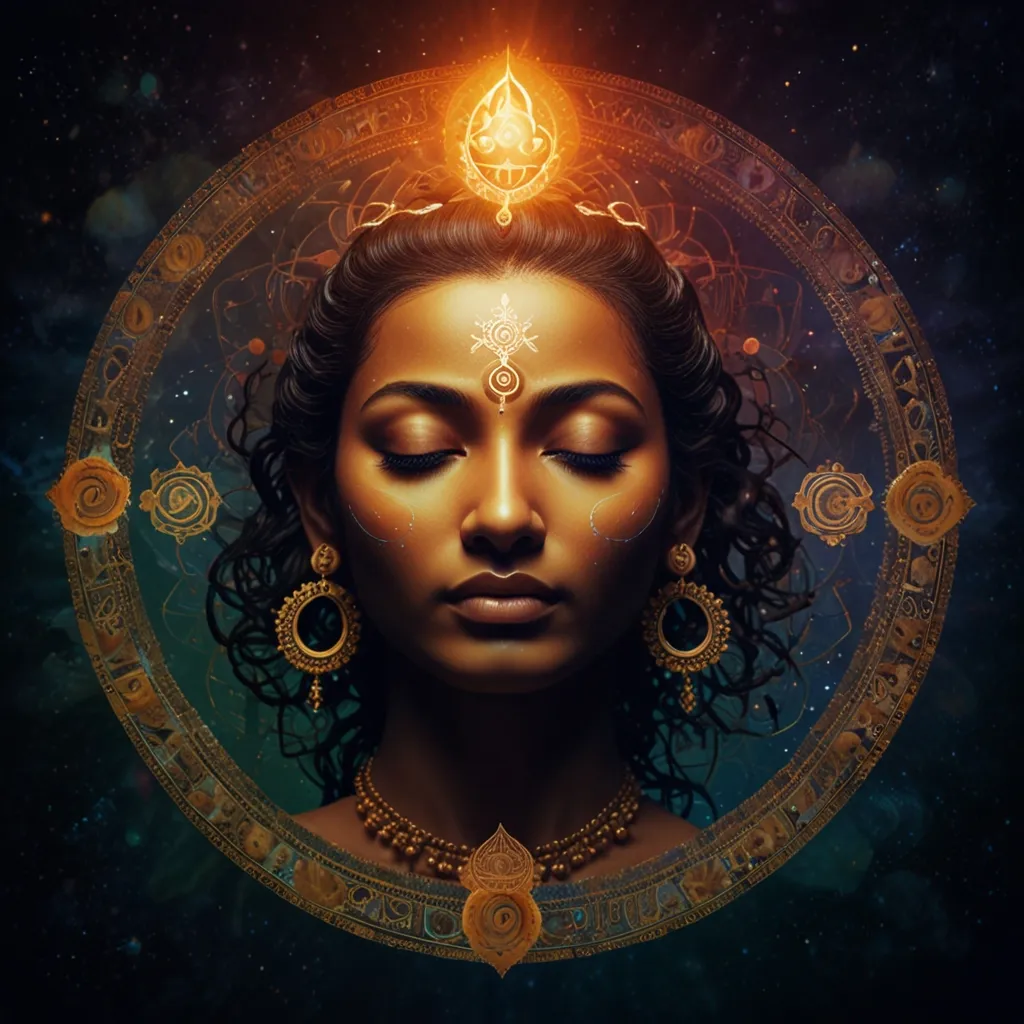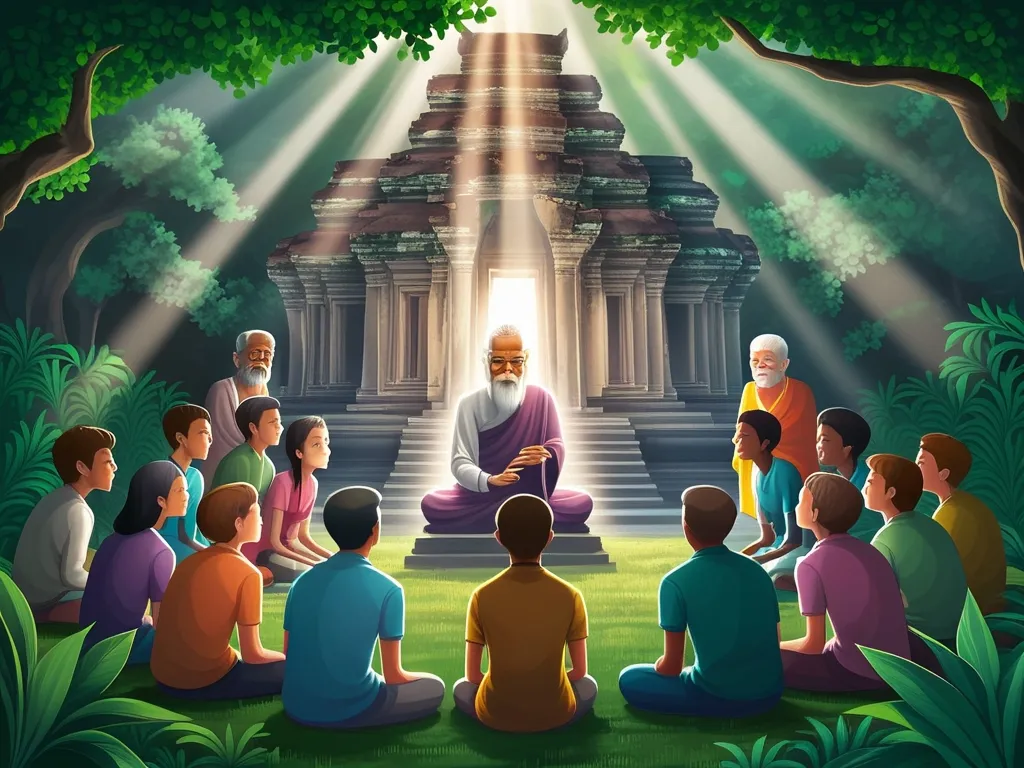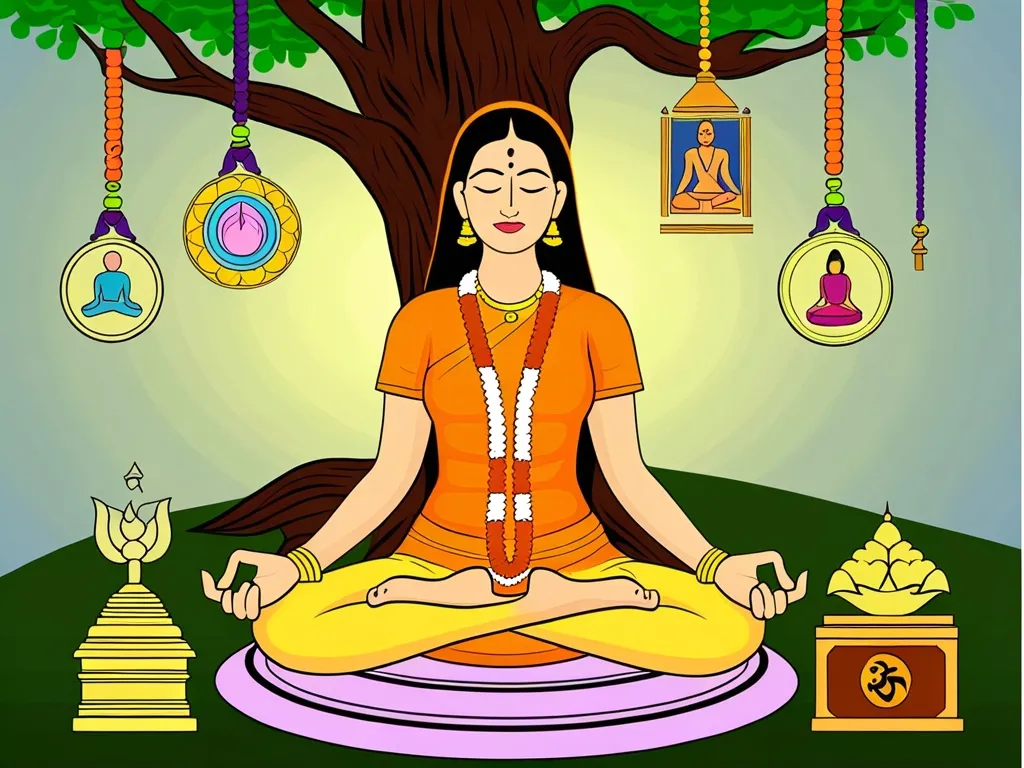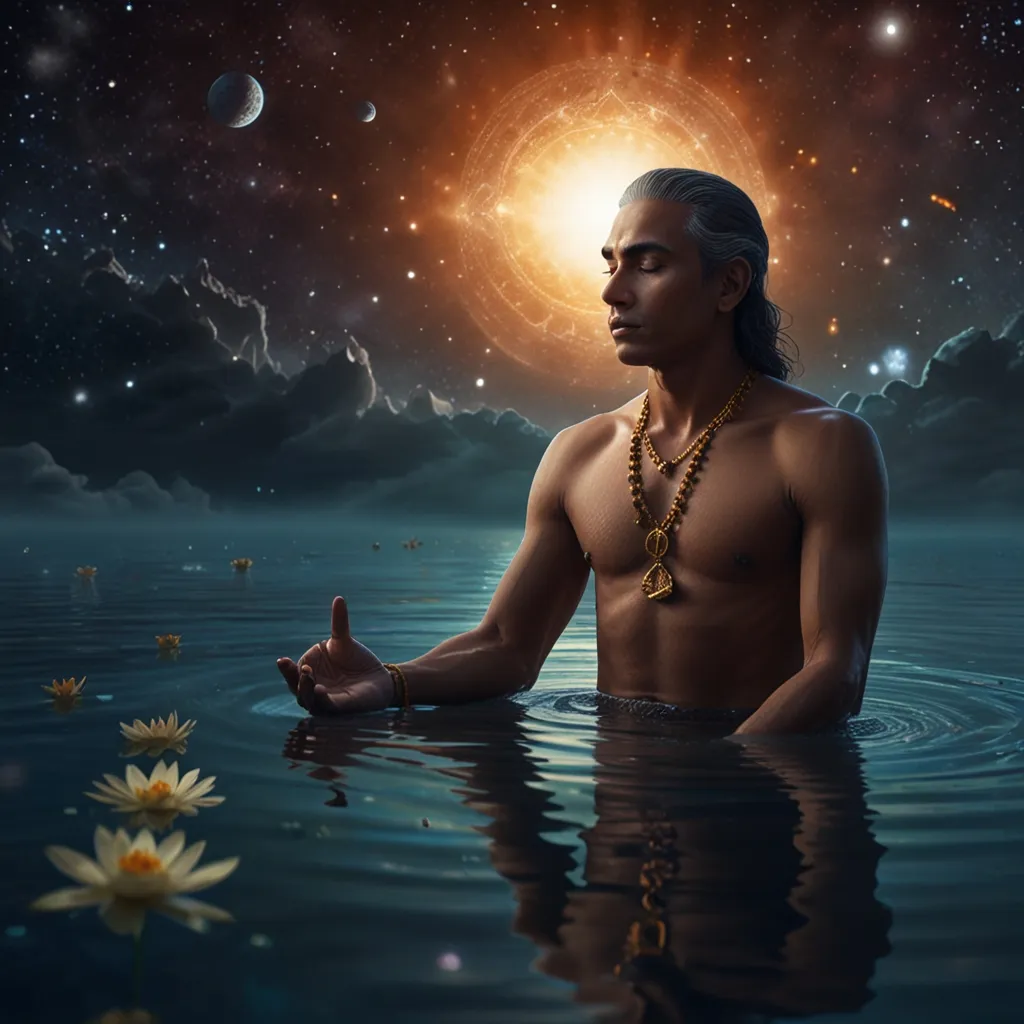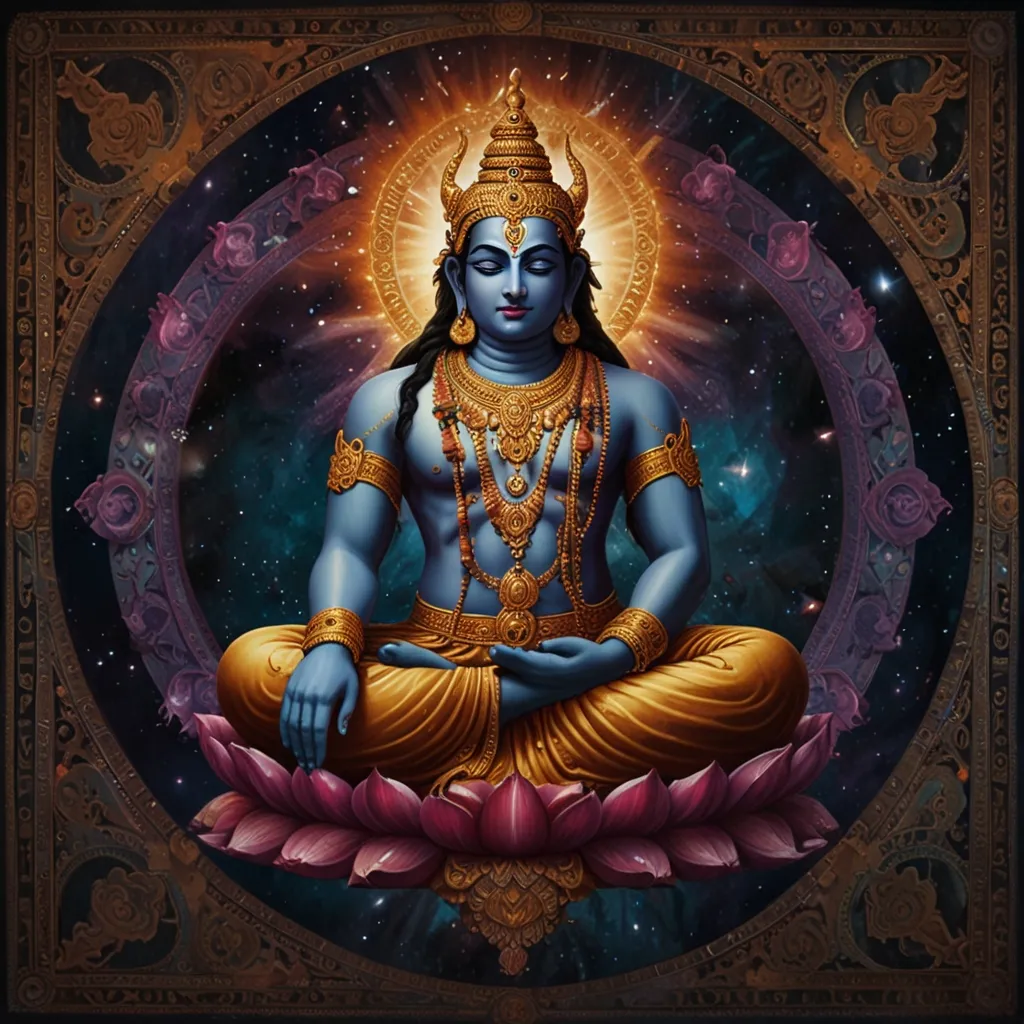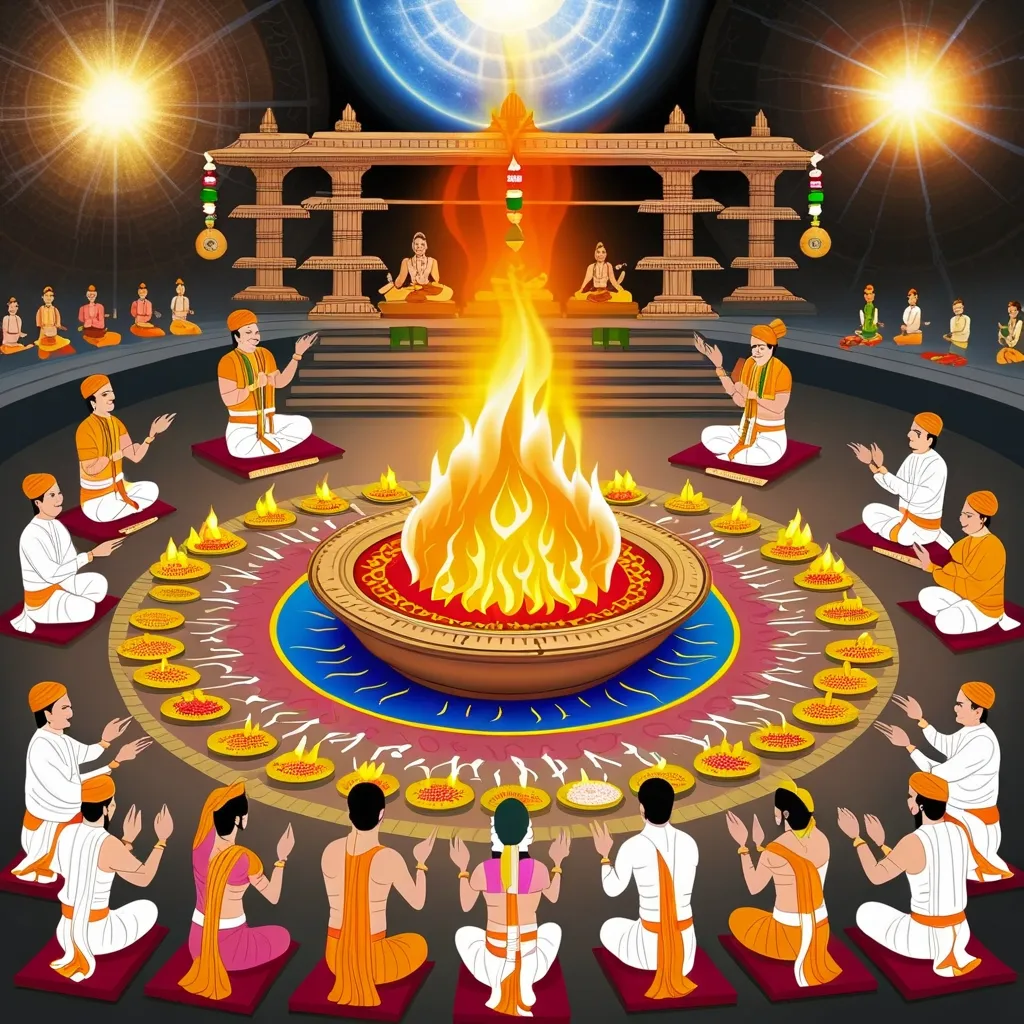In the world of Hindu rituals, the Somayaga is like that special event that stands out because of its complexity and deep symbolism. Rooted in the Vedic tradition, this ceremony revolves around preparing and offering Soma—a sacred drink that’s often dubbed the divine elixir. Many of the details about this ritual can be found in the Yajurveda, especially the Shukla Yajurveda. So, let’s dive into what makes this ancient practice so fascinating.
Soma is more than just a plant; it’s a symbol of divinity and strength in Vedic rituals. Its juice, known as Soma rasa, is offered to gods, especially Indra, to seek their blessings. The entire ninth Mandala of the Rigveda is dedicated to Soma, which tells you how important it is in Vedic mythology.
The Somayaga ritual is not a one-day affair. It’s a multi-day event that involves several preliminary rites before the main ceremony. The Agnishtoma is the most common form of Somayaga and serves as a blueprint for other Soma Yajnas. This ritual usually spans five days, including a day of initiation (Diksha) and three days of preparatory rites (Upasads), before reaching the climax on the Soma-day.
Preparation is key in Somayaga. The first day kicks off with the sacrificer undergoing Diksha—a consecration ceremony. During this, both the sacrificer and his wife get initiated into the ritual, usually by offering a mix of honey and curdled milk to the priests. The second day sees the purchase of Soma stalks, the setup of the Soma shed, and a purification fire ritual called Pravargya to invoke Bṛhaspati, the creator god.
One of the big events in the Somayaga is the Pravargya ceremony. This involves preparing a hot mixture of milk and ghee in an earthen pot called Mahāvīra. This pot is specifically made and baked during the ritual. The hot draught, known as Gharma, is then offered to various deities with a lot of solemnity. They repeat the Pravargya twice on the third day of preparation.
Then comes the meticulous process of extracting Soma juice. The Soma stalks are crushed on a wooden board called Adhiṣavaṇaphalaka that’s covered with antelope skin. The extraction is done using stones, and the sound is amplified through a structure called Uparava to keep evil spirits at bay. The juice is then pressed into a cup called Upāṁśugraha without any filtration.
The main ceremony is the grand finale on the last day. This is when the Soma juice is offered to gods like Indra. The day involves multiple offerings—cakes, butter, and more—to various gods at different times. Both the sacrificer and his wife are active participants and engage in various rituals, including ablutions and changing garments.
There are seven types of Somayaga, each unique in its own way—Agnishtoma, Ukthya, Shodashi, Atiratra, Aptoryama, Vajapeya, and Atiragnishtoma. Agnishtoma is the most common and serves as a model for the others. These rituals are seen as ways to maintain cosmic order and appease the deities.
Wrapping up the Somayaga involves several minor rites to ensure everything is complete and to correct any mistakes. This includes offerings to gods and their wives, invocations for prosperity, and burning enclosing sticks. The ritual concludes with distributing fees to the priests and seeking blessings for the sacrificer and his family.
Even in today’s fast-paced world, Somayaga ceremonies are still performed, though less frequently. They remain significant in Hindu tradition, symbolizing the bond between humans and the divine. It’s a testament to how Vedic rituals continue to hold power in modern Hinduism.
In essence, Somayaga is a ritual steeped in complex symbolism and meticulous precision, focusing on the importance of Soma in Vedic tradition. Every step, from the preparatory rituals to the main ceremony, is rich with mysticism and traditional significance. It’s an ancient practice that still holds a special place in the spiritual landscape of Hinduism, reflecting the rich cultural heritage of the Vedic era.
